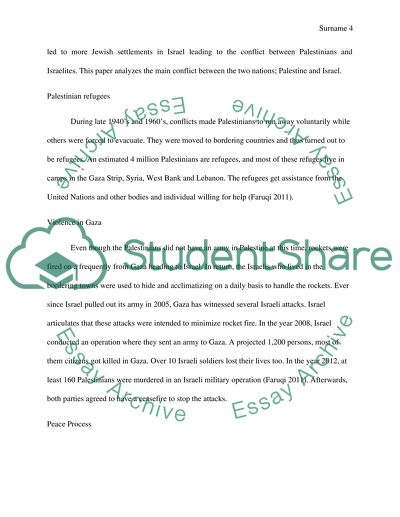Cite this document
(“Conflict analysis of Israel Palestine Research Paper”, n.d.)
Retrieved from https://studentshare.org/social-science/1684520-conflict-analysis-of-israel-palestine
Retrieved from https://studentshare.org/social-science/1684520-conflict-analysis-of-israel-palestine
(Conflict Analysis of Israel Palestine Research Paper)
https://studentshare.org/social-science/1684520-conflict-analysis-of-israel-palestine.
https://studentshare.org/social-science/1684520-conflict-analysis-of-israel-palestine.
“Conflict Analysis of Israel Palestine Research Paper”, n.d. https://studentshare.org/social-science/1684520-conflict-analysis-of-israel-palestine.


